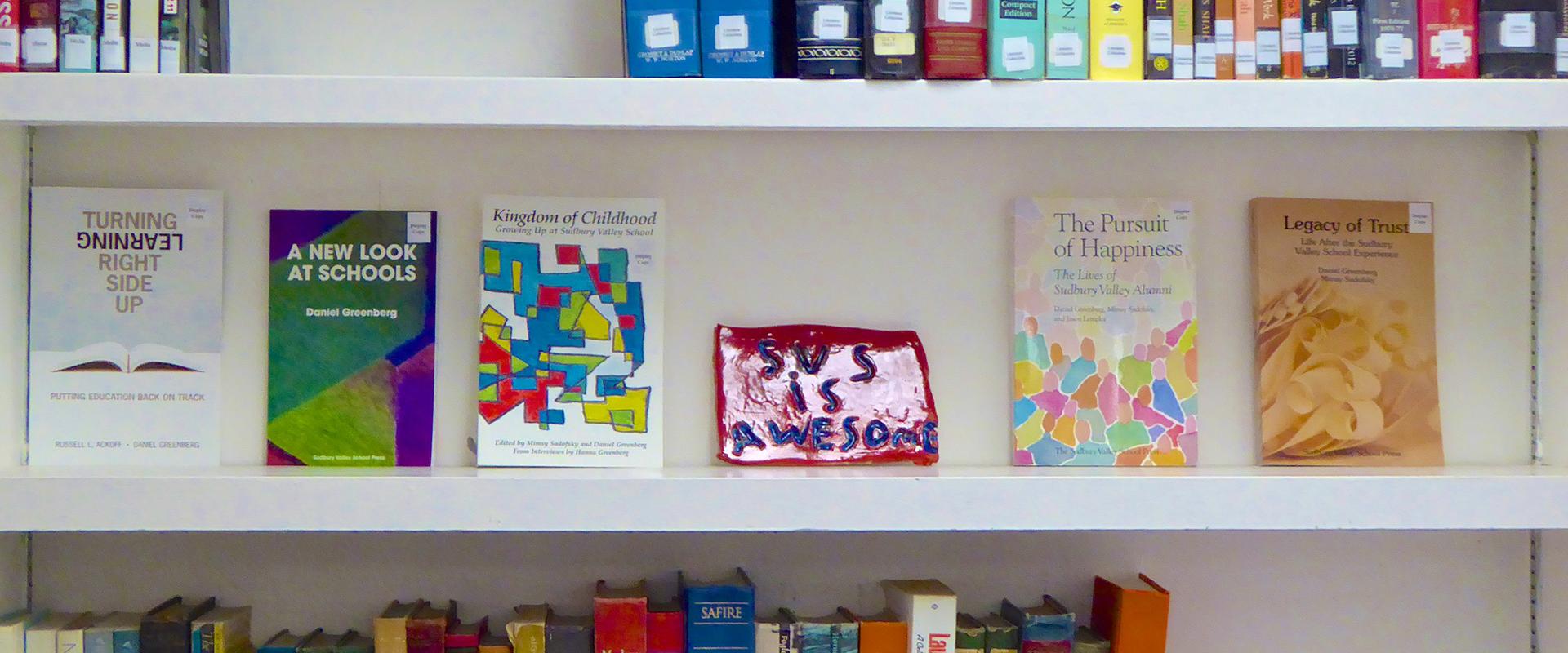If you’ve never heard of Minecraft, I’m guessing you live under a rock. Or maybe just off the grid. Or more likely, you don’t spend much time around kids of any age.
According to its maker, Mojang, Minecraft is “a game about breaking and placing blocks.” It began in 2009 as a pet project of developer -- and Mojang founder -- Markus Persson (“Notch” to his many fans), and quickly became a global phenomenon.
Minecraft is built around a simple concept. You use whatever resources you can find in your environment to create tools, so you can break rocks, so you can make bricks, so you can build things. Amazing things. You can play alone or with others on online servers -- competitively or cooperatively.
With gamification currently occupying the “educational buzzword-of-the-week” slot, it didn't take long for Minecraft to be dubbed “the ultimate educational tool.” Teachers have tapped its appeal to engage their students in a multitude of ways. Even the United Nations jumped on the Minecraft bandwagon, teaming with Mojang to let young people play a part in urban planning.
For their own good?
Building a Minecraft world is a labor of love. Kids are willing to invest enormous amounts of time and energy to their ‘crafting, sometimes to their parents dismay. After all, spending all that time glued to a screen can’t possibly be good for kids, can it?
While I generally break out in hives when faced with labels like “gifted,” I love how Matt Kelley of Chicago Gifted & Preparation Services describes what’s great about Minecraft:
“What's actually fascinating is the culture that goes on within the servers themselves. Kids become admins and learn the rules of social etiquette, when to ban, when not to, and for what offenses. They learn to understand that with power comes responsibility and that nobody likes a tyrant.
From helping Noobs to dealing with highly effective hackers, everybody in the server community must take on roles and responsibilities that will most likely mirror those they will encounter in the real world. Being a know-it-all doesn't count for much, while lending a helping hand is seen as gracious by all. Minecraft teaches design, social skills and fosters creativity, and for this reason, it is a great option for gifted kids.”
Is this the real life?
Take a stroll through Sudbury Valley on any given day and you’ll find one or more rooms occupied by students on laptops happily playing Minecraft. This has been a constant scenario for the past 2-3 years. And we’ve had our share of Minecraft-related complaints in JC. But, we recently got wind of of an interesting case from the Philly Free School.
As they described it, six students playing Minecraft on a shared server accused a seventh player of “harassment and touching personal property without the owner’s permission.” The accused had spawned a “wither,” a huge, highly destructive, floating entity that had “continued to destroy things after the accused logged out of the server.” The accused pled no contest to the harassment charge but not guilty to the charge of touching personal property without permission. (In general, the Philly Free School JC has held that “real world” property rules can be applied to virtual property.) No word yet on the outcome.
Tom Bohman, a staff member at the Clearview Sudbury School related a similar case in a recent blog post. The complaint was written by an eight-year old girl (“Amy”) who stated that while playing Minecraft, she’d invited a nine-year old boy (“Eric”) in to look at her house. He later “killed” her online character and stole resources from the house.
The JC listened to testimony from both students. Eric’s defense lay in the fact that both students had been interacting on a PvP (player versus player) server, which allows players to compete against each other for available resources. So, to his mind, it was entirely within the rules of the game to scope out her house, get rid of her, and leave with whatever he wanted. For other members of the JC, the case was not so clear cut. They felt that Amy was within her rights to ask Eric to stop harassing her, even if she was playing on a PvP server.
In the end, the JC ruled in Amy’s favor, agreeing that she had been harassed. However, a staff member and an older student appealed the decision and the complaint was sent to School Meeting where, after listening to arguments from both sides and some hot debate, the ruling was overturned.
It's no great revelation that harassment can take place on a server as easily as it can on a schoolyard. For serious Minecrafters, their creations are as real as real can be. Should School Meeting rules apply to virtual worlds? Our students routinely face complex questions like this, and they answer them thoughtfully, after much deliberation and debate.

